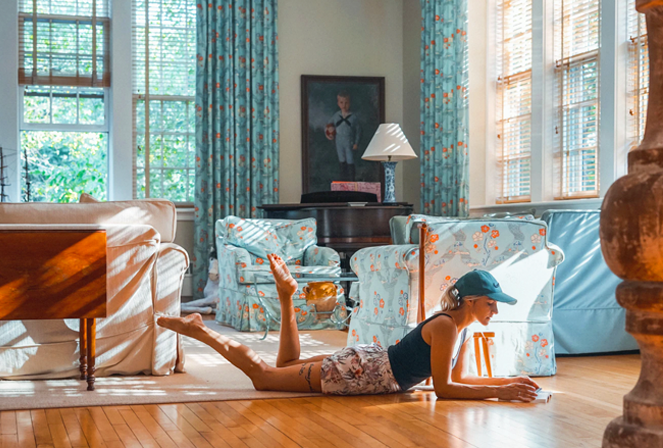
It’s no secret that each generation — of course, generally — has their own ideals, morals, likes, and dislikes.
These generational differences even extend to color and aesthetic preference. You can use these generational color differences to your advantage as a business or building owner.
Each business or building wants to attract a certain demographic. Understanding and using color preferences to your advantage — whether brighter millennial colors or more neutral and soothing Boomer colors — can help you attract your ideal customer, client, or patron.
Let’s examine some of the trends that can be linked to some of today’s most popular age demographics from oldest to youngest.
Gen X and Baby Boomers make up the two older generations of today’s world. Gen X includes those born from the years 1961-1980 while Baby Boomers include those born between 1943 and 1960.
Thus, people in these generations range from mid- to late-70s at the oldest to about 39-40 at the youngest.
Any number of businesses or buildings could be catering to these age groups including:
As the more “mature” generations, it makes sense that many color experts and designers recommend “mature” color palettes to attract these age groups. Many prefer colors (and businesses) that appear to be functional, practical, and comfortable. Many also prefer colors that appear soothing and calm.
Common choices for these age groups include warm and smooth yellows and whites, clear and pale blue, and jade green.
Mature colors include what many prefer to be “classic” color palettes. Darker blues, maroon, plum, shades of grey, and deep reds are all common for Boomers.
Gen Xers tend to be a bit more open with their options, opting for globally relevant color palettes like exotic greens and reds, midwestern browns, and violets.
Next oldest, and the current largest demographic, are the millennials. Born between the years 1981-1996, millennials are mid- to late-30s at the oldest and early- to mid-20s at the youngest.
Connect with Amy Wax, online paint color consultant
Millennials are often the trendsetters of the current age as they represent the current largest consumer demographic. It’s their spending dollars that tell the world what most people are gravitating towards for restaurants, exercise businesses, condos, apartment complexes, etc.
So, what are trending millennial colors?
The most famous that still has its hold on color preference is a color dubbed “millennial pink”, which is actually more of a soft, warm, pastel pink. Also described as dusty pink or a blush color, you can see it pop up in everything from clothes to brand colors to entire homes in this color.
You’ll see a preference for these soft and almost pastel colors across the rainbow with “spearmint” green, “cantaloupe” orange, corals, and lavenders all common color palettes that attract millennials.
Don’t think that the soft colors are all that millennials like, though. On the contrary, millennials are heavy on nostalgia from their youth, which means bright and bold 80s and 90s palettes full of neons, bold colors, and zany patterns are popular as well.
In another twist, millennials are also spearheaders of minimalism. This includes muted palettes with soft greys, whites, blues, greens, and browns all common options, too.
The last generation that commercial buildings and businesses truly need to keep in mind is Gen Z. Generally considered to include those born between 1996 and 2015, this is the youngest generation with a wide range of age including children age 5 up to early twenty-somethings.
If you’re looking to attract the younger of the Gen Z generation, studies show that bright and contrasting colors are excellent for children.
The older end of Gen Z tends to closely follow millennial trends. This includes the muted colors and pastels like “spearmint” green and blush pink. Also like millennial colors, Gen Z colors rely heavily on 80s and 90s trends (even though most of the people in Gen Z weren’t born during that time!).
Bright and bold colors are common for Gen Zers, so don’t be afraid to brighten up your storefront or your walls in order to appeal to the youngest generation. In fact, Gen Z yellow (a bright and sunny color) is already being lauded as the next new trend that will rival millennial pink.
Gen Z is also taking almost the opposite trend as millennial 80s/90s nostalgia: retro-classic palettes from the 50s and 60s are coming back alongside fashions from that time. This includes colors like olive greens, magentas, maroon, orange, and various purples.
It’s one thing to understand the differences between “Baby Boomer colors” and “millennial colors”. It’s another to understand where and how to properly incorporate them into your home, business, or commercial building.
If you’re looking for a bit of inspiration or help deciding on colors, check out Color911. The Color911 app can help you find color themes and ideas for your design.
A color consultant can also help you implement these ideas and themes into your commercial building’s exterior and/or interior. Contact me to get started on updating your building to fit to your demographic.